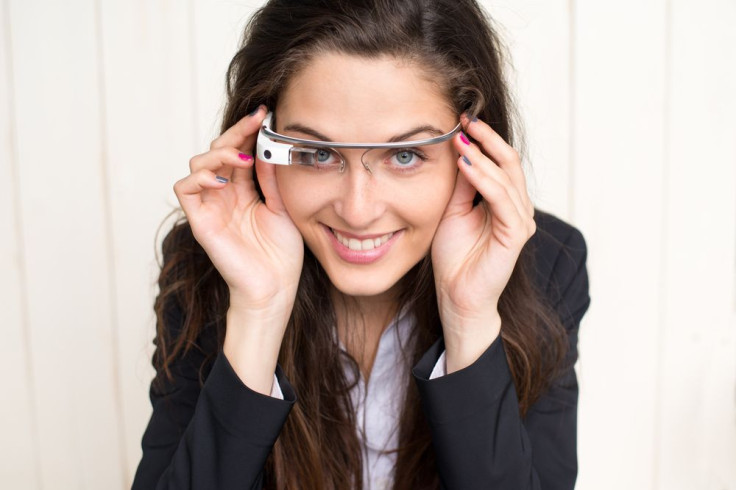Google Glass Obstructs Your Peripheral Vision: The Future Comes With A Blind Spot Or Two

In the future, we are told, the technologies we access on a daily basis will not be separate from ourselves. Instead, we will be wearing them or even find them embedded within our bodies. Viewed in this light, cell phones are the earliest of such wearable technologies, with Google Glass, the new ubiquitous computer mounted on a gadget resembling eye glasses, being among the most recent innovations. However, though technology gives, it also takes. A new study finds Google Glass creates a blind spot in a small group of participants. Specifically, the new smart glasses create a visual field obstruction in the upper right quadrant, causing a significant loss of peripheral vision.
The 'Corner' of Your Eye
Whenever we walk down a dark street or through an after-hours parking garage, we rely on our peripheral vision. Glancing side to side, we are able to see behind us, thanks to peripheral vision, which expands our field of view far beyond the center of our gaze. If we lose this key feature of our eyesight, the result is what is known as tunnel vision, where visibility is limited to only what sits directly in front of us. What a dreary world that would be. Peripheral vision, after all, is necessary whenever we drive a car, run down a football field, or even go shopping. Often, we spot the perfect pair of new pants or spot a dangerously fast moving truck out of the corner of our eyes.
For the current study, Dr. Tsontcho Ianchulev of UC San Francisco and his colleagues compared performance on visual field tests of three participants wearing Google Glass versus wearing regular spectacles. The experiment began with the volunteers — all had 20/20 vision — wearing Google Glass for a 60-minute acclimation period. Then, the researchers conducted field of vision tests first while participants wore the smart glasses and then a regular eyeglass frame. After that, the researchers looked at 132 photographs found on the Internet of people wearing Google Glass and analyzed prism position relative to the pupil of their eyes.
While wearing the technology, all three participants had significant blind spots in the upper right quadrant of their field of view. The cause? According to the researchers, the design and not the distracting effect of software-related interference was to blame, and their analysis of photographs supported this view. The Internet pics also indicated Google Glass could interfere with daily function.
"Additional studies are needed to understand the effects of these devices on visual function, particularly as their use becomes increasingly common," concluded the authors. In the future, it seems, our foresight might come at the expense of a little bit of hindsight. See Google Glass for yourself in the video, courtesy of YouTube, below:
Source: Ianchulev T, Minckler DS, Hoskins HD et al. Wearable Technology With Head-Mounted Displays and Visual Function. JAMA. 2014.
Published by Medicaldaily.com



























